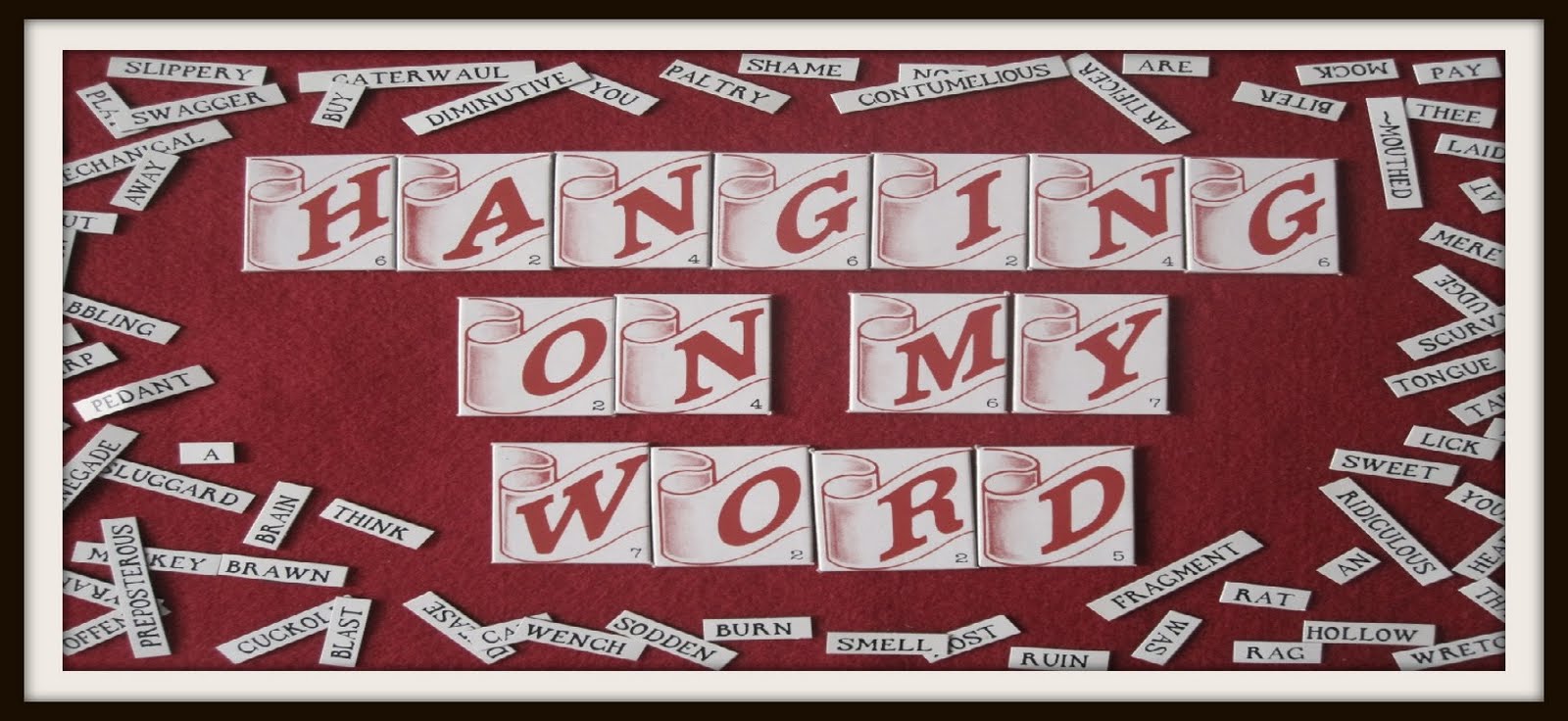I played tennis at school, because I had to, but I have to admit to not being very sporty and my main interest in the game when I was younger was for the drama created by attractive and brilliant players like Ilie Nastase. There was also the tradition of the gentle commentary of Dan Maskell , the 'Voice of Tennis’, who covered the tournament for the BBC from 1949 to 1991. His catchphrase was “Oh I say!” which was about as excited as he got. I don’t even bother watching it these days and prefer to wallow in those golden memories.

I have no pictures of celebrities in my family albums but here are my parents striking poses with their rackets. The pictures were taken in Nottingham at the Trent Bridge School courts, where you could pay a small fee to play. They were in their late teens, just before the start of WW2 and wouldn’t have had much in the way of entertainment. This would have provided them with a cheap pastime and helped them to keep fit. They were also both very good dancers and played in bands with their accordion (Mum) and drums (Dad).
Still in Betjeman mood from my last post, I’m reminded of his poem,’A Subaltern’s Love Song, which you can read in its entirety here. For Mum’s 90th birthday in 2010 I put together an anthology of poems suggested by family members and illustrated with photographs, old and new. This was my husband’s choice for her as he thought she would appreciate something lighthearted. These were the pictures I used to illustrate it and used some of the lines of the poem as captions. Here are the first few lines:
Miss J. Hunter Dunn, Miss J. Hunter Dunn,
Furnish’d and burnish’d by Aldershot sun,
What strenuous singles we played after tea,
We in the tournament, you against me!
Love-thirty, love-forty, oh! weakness of joy,
The speed of a swallow, the grace of a boy,
With carefullest carelessness gaily you won,
I am weak from your loveliness, Joan Hunter Dunn.
He goes on to describe her ‘stongly adorable tennis girl’s hands'. He was a man who was clearly in love, and so were my parents; they celebrate their 70th Wedding Anniversary next month.
For more racket sports, or celebrities caught on camera, visit Sepia Saturday and see what other participants have found in their albums. New balls please!!


































